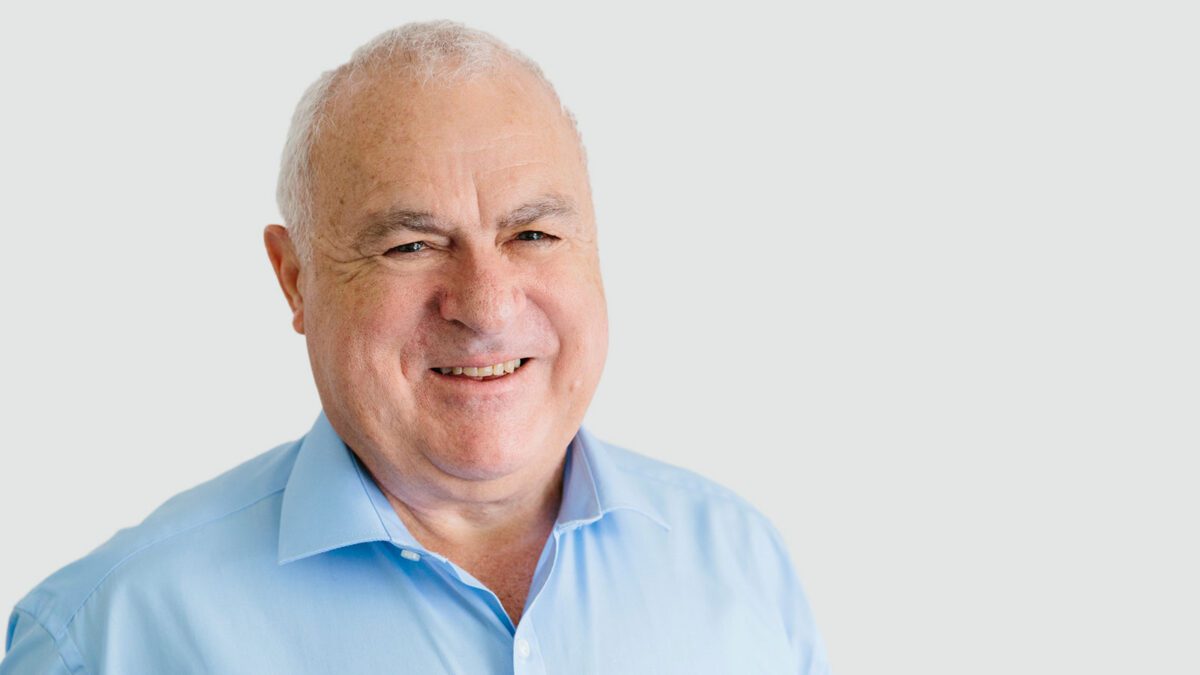Pot, kettle, black: APRA funds called out over opaque fee structures
For years, the APRA-regulated funds pushed the argument that the fee structure of a self-managed super funds (SMSF) was a costly imposition on the 1.1 million people who opted for this superannuation vehicle.
Superannuation review after review, media release after media release, speech after speech, APRA funds never wasted an opportunity to lambast the SMSF sector over its ‘high’ fees.
Then, in late 2020, along came a report from the actuarial firm Rice Warner that conclusively demonstrated that SMSFs with balances of $200,000 or more were cost competitive with APRA funds and SMSFs with balances of $500,000 or more were generally the cheapest alternative.
What made the report so telling were two salient facts. First, the average cost of APRA-regulated super funds for the previous seven years had been rising while SMSF costs had been falling. Second, the median SMSF balance at June 30, 2021, was $709,000 – comfortably above the $200,000 threshold – and only 16 per cent of funds were below $200,000. Quite clearly, for most SMSFs, this superannuation vehicle was cheapest option.
It’s worth recalling this war of words over superannuation costs in the wake of a recent Vanguard Investments Australia statement – although it does not contain a demographic breakdown, it’s fair to conclude a healthy percentage are in the retirement phase – showing just how unaware most Australians are about the fees they are being charged by their APRA-regulated fund. A more cynical view would suggest it shows just how little their funds tell them about their fee structures.
The key findings are:
- Two out of three are unaware their superannuation fund charges them multiple fees.
- One third have never reviewed or compared superannuation fund fees.
- One in two women are unaware how much they pay in superannuation fund fees.
- A higher cost superannuation fund could cost a typical full-time worker around 12 per cent of their superannuation balance – or $100,000 – by the time they reach retirement.
- Australians most commonly identify administration fees (74 per cent) as the only fee being charged to manage their super, followed by insurance premiums (40 per cent), investment (25 per cent) and transaction fees (25 per cent).
- Just one per cent identified all these fee types as being charged on their superannuation.
- More than half (53 per cent) do not understand how the total fees they pay affects their balance.
- Just 19 per cent of Australians are aware of the ATO’s Your Super comparison tool.
Most Australian superannuation funds apply multiple charges to account holders, including administration fees, investment fees, transaction fees, insurance premiums, activity fees and performance fees.
However, only one per cent are aware that there are up to six fee types that most funds charge, including a performance fee charged by some funds. According to data by Rainmaker in 2023, Australians paid more than $32 billion in fees to superannuation funds.
“Regulatory guidance exists for disclosure documents or a fund’s MySuper dashboard, but when it comes to how fees are presented on websites, social media and in advertising, there is no consistency. It’s confusing, unclear and impossible to compare,” says Vanguard Australia managing director Daniel Shrimski.
“By keeping fees confusing, it’s taking advantage of the low engagement and financial literacy of Australians when it comes to their superannuation. It’s critical that Australians can clearly see and understand the fees they’re being charged, in a way that allows them to compare apples with apples to make informed decisions.”
What the Vanguard statement highlights is that retirees in the APRA system – many of whom will remain members of these funds for decades – need to determine just what fees they are paying and whether there is a better alternative, while those with SMSFs can console themselves from having a fee structure that is probably lower and certainly more transparent.









